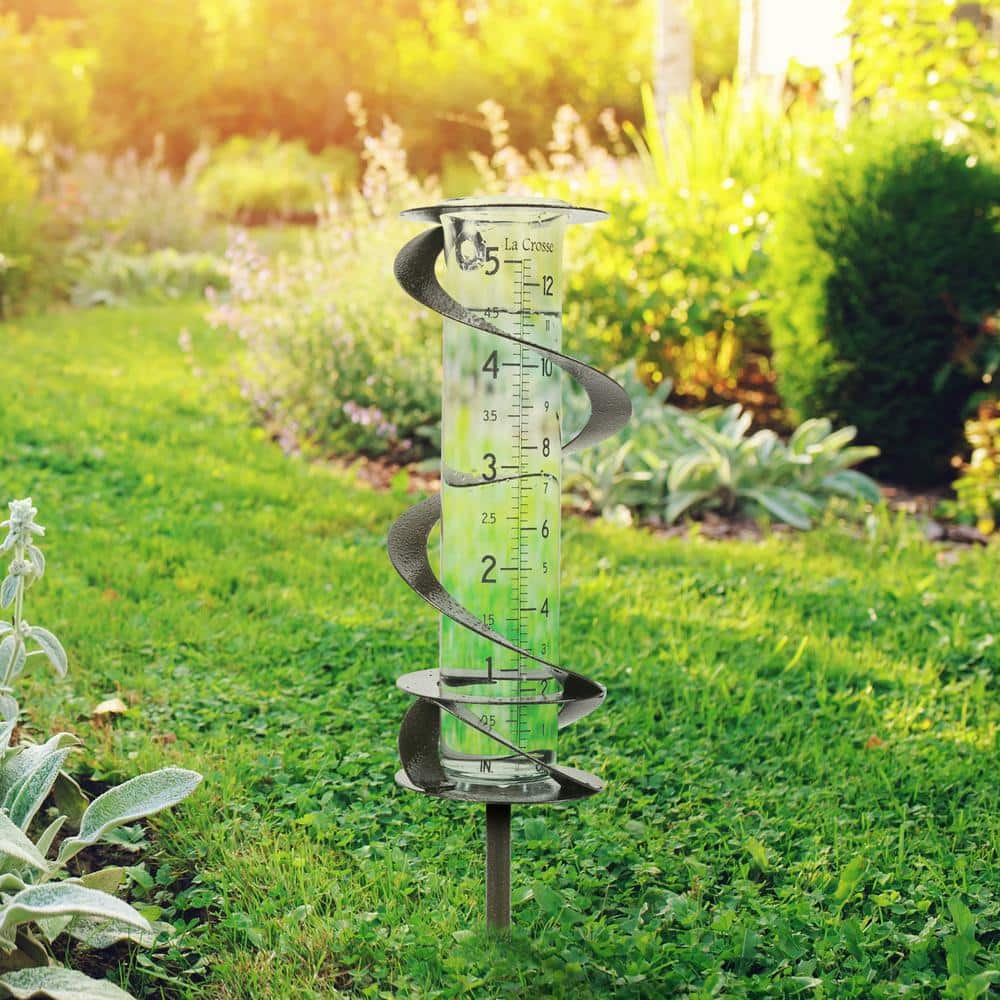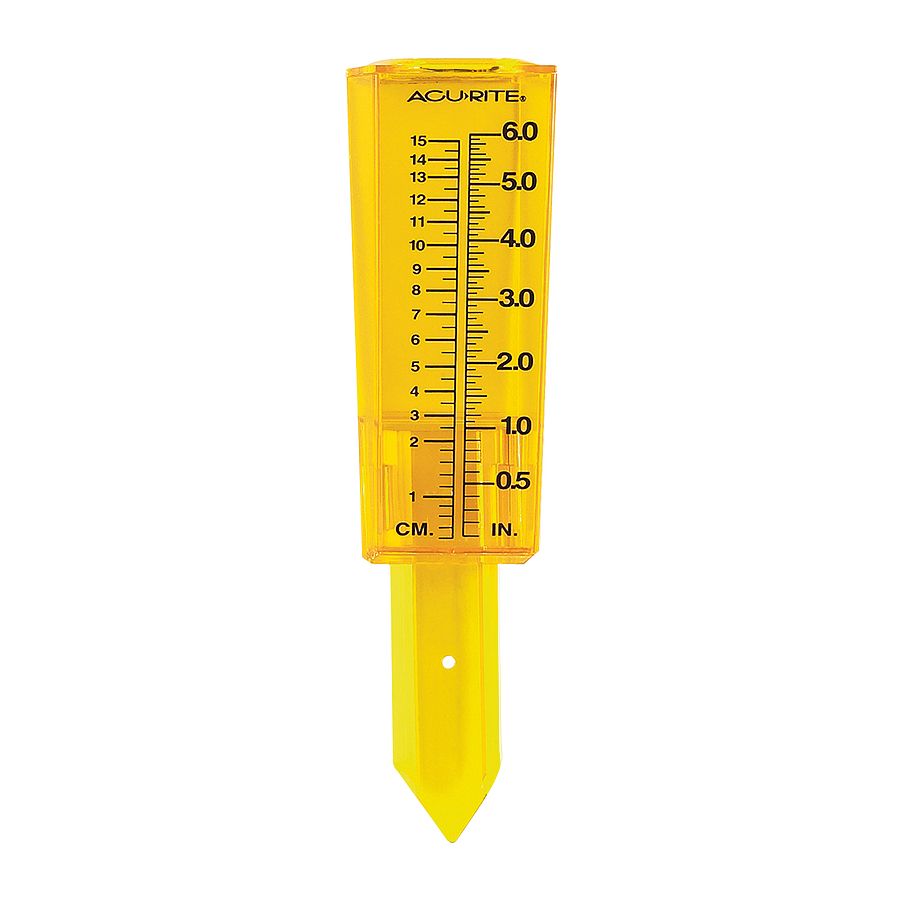Your Go-To Source on The Rain Gauge: Advantages and Practical Applications
Your Go-To Source on The Rain Gauge: Advantages and Practical Applications
Blog Article
How to Choose the Right Rain Gauge for Accurate Rainfall Data
To obtain dependable dimensions, it is necessary to select the right rain gauge. Taking into consideration variables such as area, kind, and accuracy of the rain scale will help make sure accurate information collection. Additionally, understanding the upkeep and calibration procedures will certainly add to the durability and dependability of your rain scale.
Significance of Picking the Right Rain Scale
The importance of picking the best rainfall gauge hinges on acquiring dependable and specific rainfall data for exact meteorological evaluation. Rainfall data is critical for a vast array of applications, consisting of climate forecasting, hydrological modeling, and environment research study. Unreliable or unreliable information can lead to incorrect verdicts and flawed decision-making procedures.

Second of all, the accuracy and accuracy of the rain gauge are critical. The scale needs to be able to gauge rainfall with high accuracy, recording even small amounts of rainfall precisely.
Furthermore, the area and installation of the rainfall scale are essential factors to consider. It ought to be positioned in an open area, far from obstructions that can impact rains measurements. The scale ought to be positioned at a suitable height and angle to avoid spilling and ensure correct catchment of rainwater.
Factors to Take Into Consideration When Selecting a Rainfall Gauge
When picking a rainfall scale, there are numerous key elements to think about. There are different types offered, consisting of standard rainfall evaluates, tipping bucket rain determines, and considering rainfall determines.
An additional variable to take into consideration is the material of the rain gauge. Rain evaluates can be made of various materials, such as plastic, steel, or glass. The material selected need to be immune and long lasting to weather conditions, ensuring that the rainfall scale will withstand the elements and supply precise dimensions with time.
Precision is likewise an essential element to consider. Look for rainfall assesses that have been adjusted and examined for precision. Functions such as anti-splash rings and funnels can also improve the precision of the measurements.

Finally, consider the climate and atmosphere in which the rainfall gauge will certainly be utilized. Various rain gauges appropriate for different environments, so it is essential to pick one that is proper for the problems in your location.
Different Sorts Of Rainfall Determines Readily Available
To additionally explore the factors to consider when choosing a rain gauge, it is crucial to recognize the various kinds of rainfall assesses readily available. The most typical type is the basic rain gauge, likewise understood as the cylindrical rainfall gauge.
One more type of rainfall gauge is the tipping pail rain gauge. As the rainfall falls right into the gauge, it loads up one side of the bucket, causing it to tip and clear the water.
A 3rd sort of rainfall gauge is the considering rain gauge. This gauge makes use of a balance system to measure the weight of the gathered rainfall. As the rainfall falls into the scale, it is gathered in a container connected to an equilibrium. The weight of the water is measured, and the rains amount is determined based upon the weight. Considering rain gauges are very accurate yet can be a lot more expensive and require normal maintenance.
Ultimately, there are also remote rainfall gauges that usage advanced innovation to gauge rainfall (The Rain Gauge). These assesses usage sensors and transmitters to send information wirelessly to a main unit. Remote rainfall determines are convenient for checking rainfall in hard-to-reach areas or for large data collection
How to Establish the Accuracy of a Rain Gauge
One means to assess the accuracy of a rainfall scale is by performing regular calibration measurements. Calibration involves contrasting the analyses of a rainfall scale to a conventional dimension, such as a qualified rainfall scale or a weather station with high accuracy. By comparing the dimensions, any type my response of disparities or mistakes in the rainfall scale can be recognized and made up.
To conduct a calibration measurement, start by gathering rains information from both the rainfall scale and the common dimension tool over a specific time period, such as a month. Contrast the analyses and compute the distinction in between them. This difference is called the calibration error.
It is crucial to note that calibration measurements should be performed routinely, as environmental variables, such as temperature, wind, and debris, can influence the accuracy of the rain gauge with time. By conducting regular calibrations, any changes in the accuracy of the rain gauge can be spotted and adjustments can be made accordingly.
In enhancement to calibration, it is likewise advised to tidy and preserve the rainfall scale routinely to guarantee its accuracy. Get rid of any type of particles or blockages that might influence the precision of the measurements, and examine for any indications of damages or use that may need repair services or replacement.
Tips for Keeping and Adjusting Your Rainfall Gauge
Regular upkeep and calibration are crucial for making certain the precision and dependability of your rain scale in measuring rains information (The Rain Gauge). By following a couple of simple ideas, you can guarantee that your rainfall scale is appropriately maintained and calibrated
First of all, it is very important Extra resources to clean your rain scale frequently to stop any debris or dust from blocking the rainfall collection mechanism. Utilize a soft brush and a mild detergent to delicately cleanse the inside and beyond the gauge. Rinse it extensively with tidy water and allow it to dry totally prior to re-installing it.
Second of all, it is advised to calibrate your rain gauge at the very least annually. Calibration entails comparing the measurements of your rainfall gauge with those of a trusted and accurate reference gauge. This will assist you recognize and deal with any kind of possible mistakes in your rain gauge's measurements.
To calibrate your rain gauge, collect a known volume of water using a determining container and compare it with the measurements tape-recorded by your rain gauge. Adjust the readings accordingly to ensure precision.

Conclusion
To conclude, choosing the best rain scale is vital for acquiring precise rainfall information. When choosing a rainfall gauge, variables such as budget plan, area, and function ought to be taken into consideration. There are different kinds of rain assesses available, each with their very own advantages and restrictions. It is essential to regularly preserve and adjust your rainfall gauge to guarantee its precision. By following these guidelines, exact rains data can be acquired for different applications.
There are various kinds available, including conventional rain assesses, tipping bucket rainfall assesses, and evaluating rainfall assesses.To better discover the variables to take into consideration when picking a rainfall get redirected here scale, it is crucial to comprehend the different types of rain gauges readily available. The most usual kind is the common rainfall scale, likewise understood as the cylindrical rainfall scale.One more type of rain gauge is the tipping bucket rainfall gauge. Calibration involves comparing the analyses of a rainfall gauge to a standard dimension, such as a qualified rain gauge or a weather terminal with high accuracy.
Report this page